We spent two days in Malta. Officially known as the Republic of Malta, it is a small island country located in the Mediterranean between North Africa and Sicily. It is a member country of NATO.
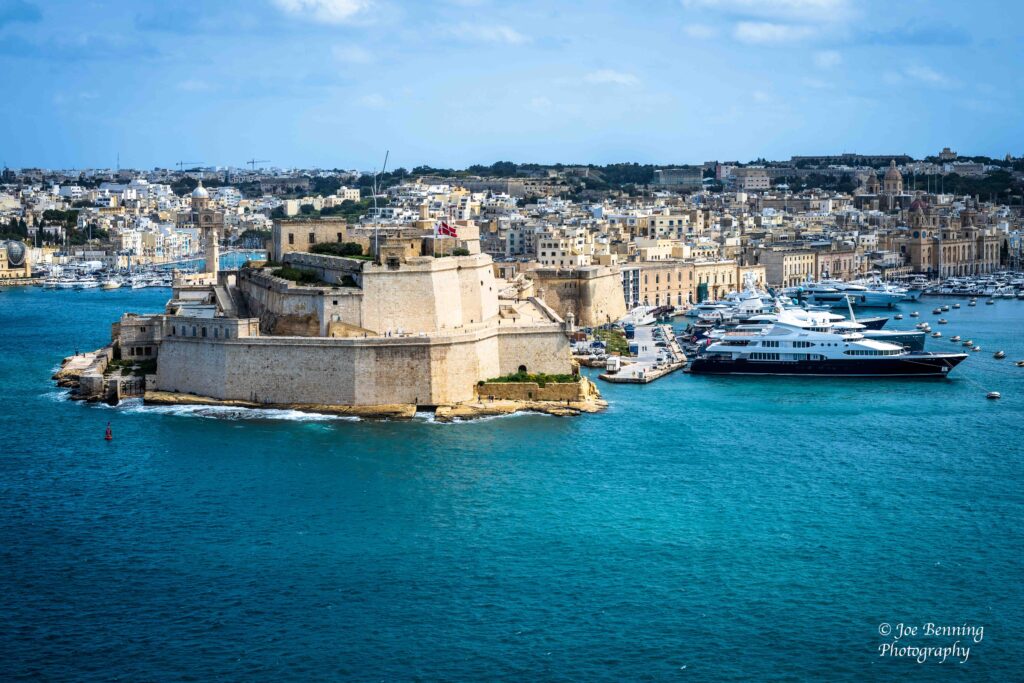
While it may be small (population 525,000) it is a very wealthy state and densely populated. It is overwhelmingly Catholic. And it seems like there are churches and palaces everywhere.
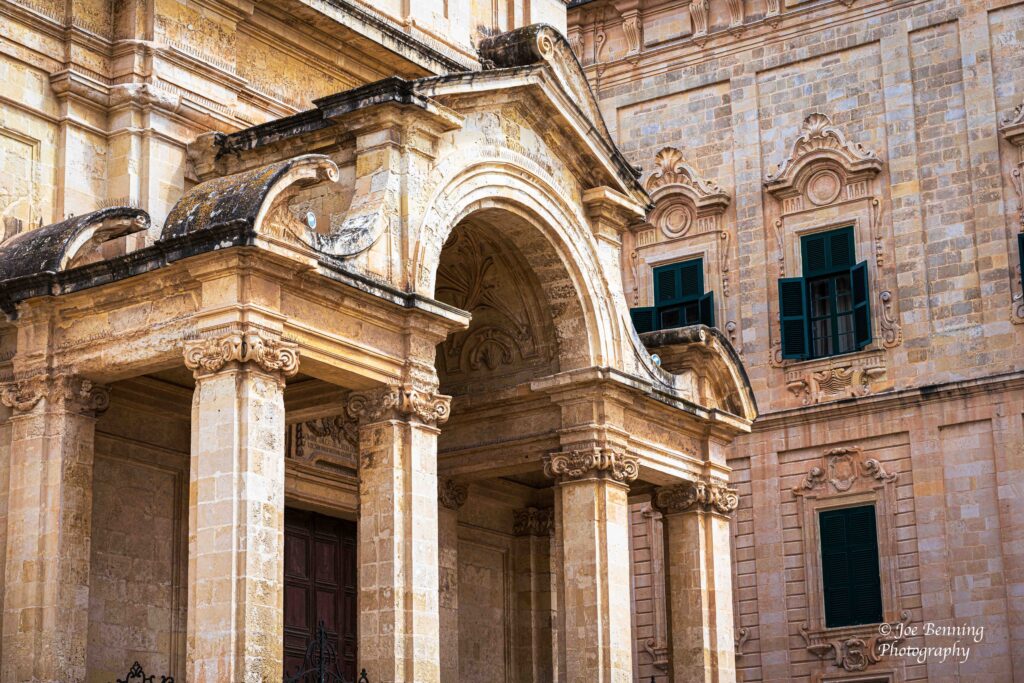
Per capita GDP expressed in purchasing power parity (PPP) is about $68,000; its GDP is about $37 billion. By way of comparison, Malta’s PPP GDP is 2.5 times the world average (about $27,000). The US clocks in at about $82,000. Which is to say that Malta is one of the world’s richest countries.
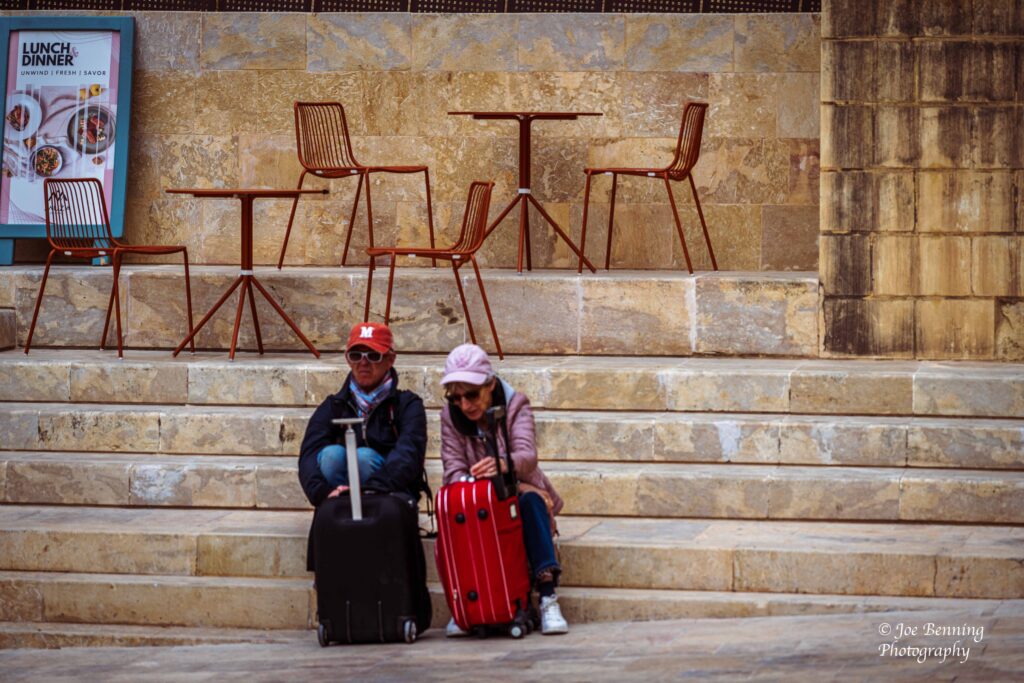
Malta, which is often described as a city-state, only received its independence (from Britain) in 1964. Its official languages—there are two—are English and Maltese.
Largely due to its geo-strategic importance, Malta has been continuously inhabited since around 5,900 BC. For the same reason, Malta has been ruled by many different countries as they competed for power and influence. These societies included the Phoenicians, Carthaginians, Greeks and Romans during antiquity. The Arabs and and Normans tried their luck in the Middle Ages.
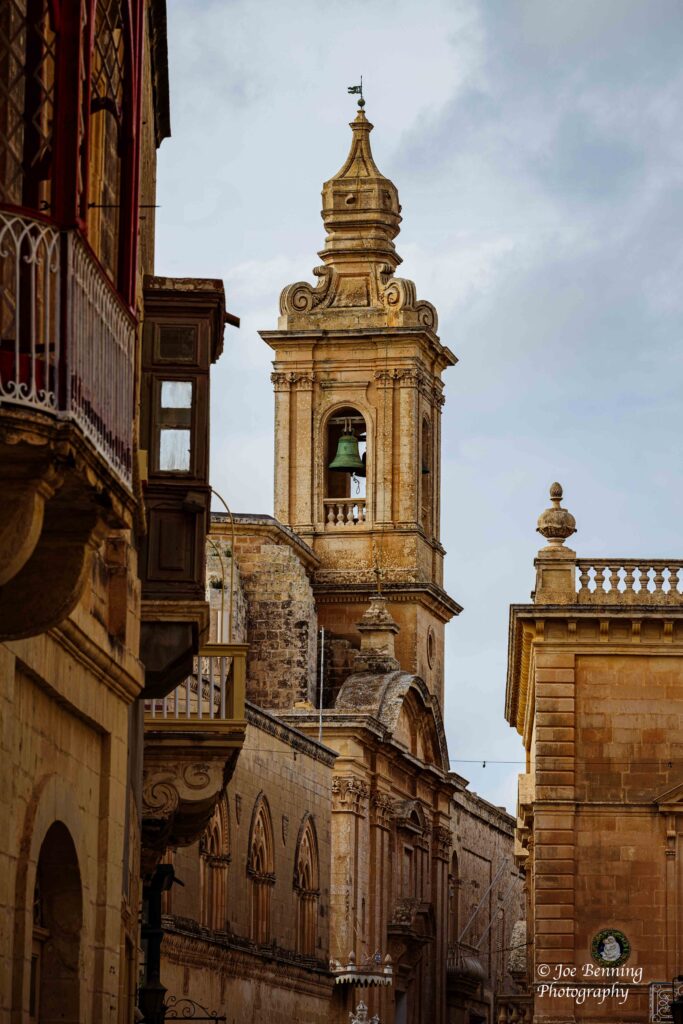
In the modern era (from about the early 20th century) the Knights Hospitaller, a Catholic military order, and past participant in the crusades ran the show for a while. A forerunner to the Order of the Knights of St John, it held sway. Both Britain and France took their respective turns at governing as well, with Britain granting self rule to Malta in 1964.
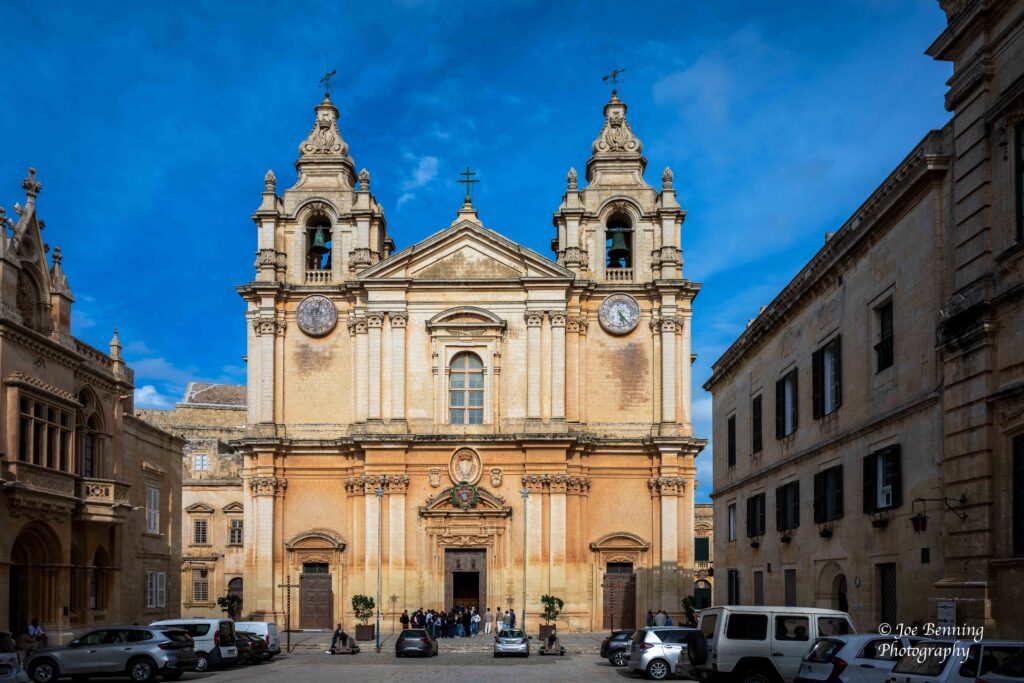
We took several walking tours over the 2 days we were there. And we walked everywhere, from churches to museums to public parks.

The second say we were there we stopped at a restaurant not too far from the ship where we had a nice lunch. I should add that it would be difficult not to be impressed by the majesty of Malta. It is relentlessly clean, orderly and full of history. Definitely worth a stop.
JFB
